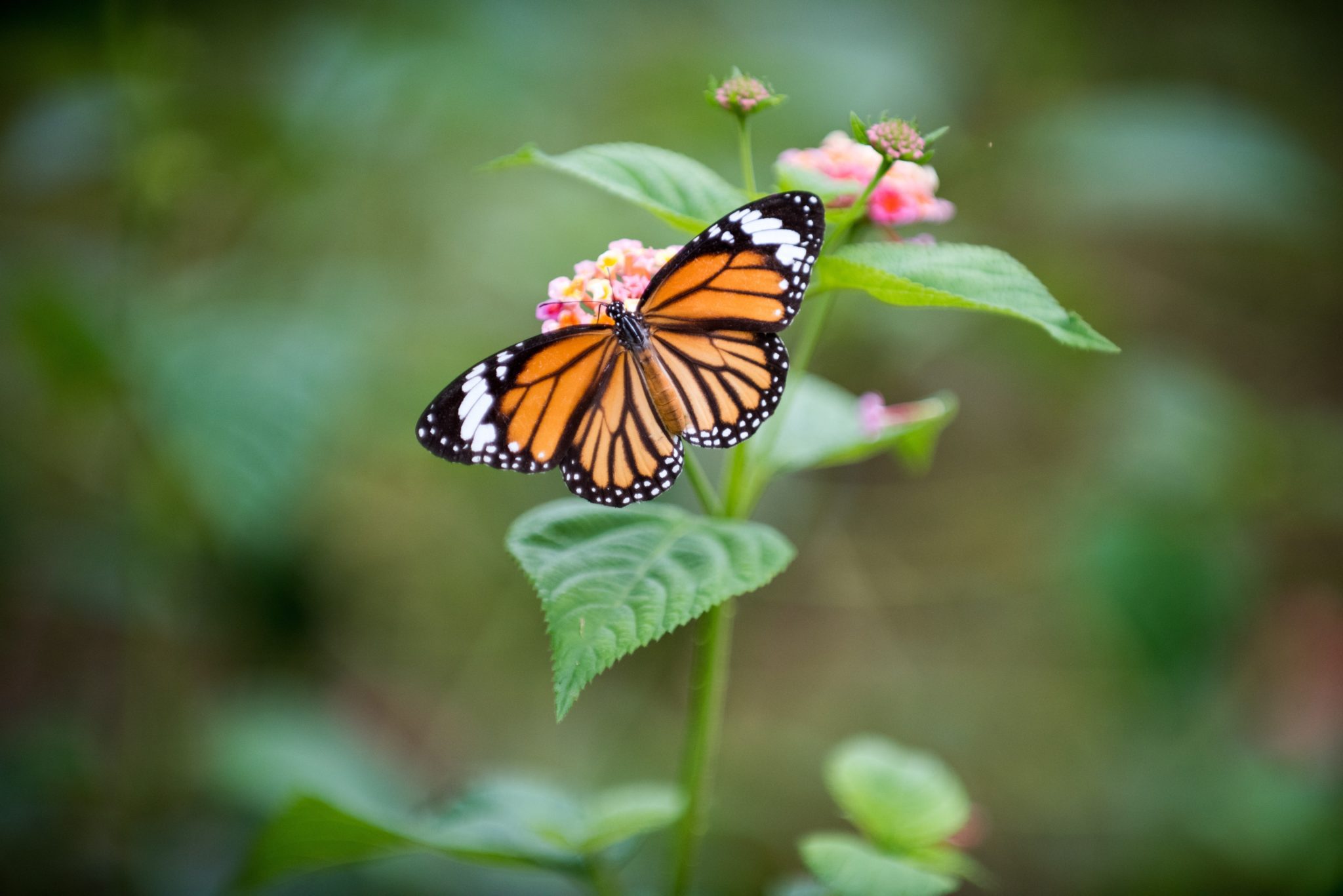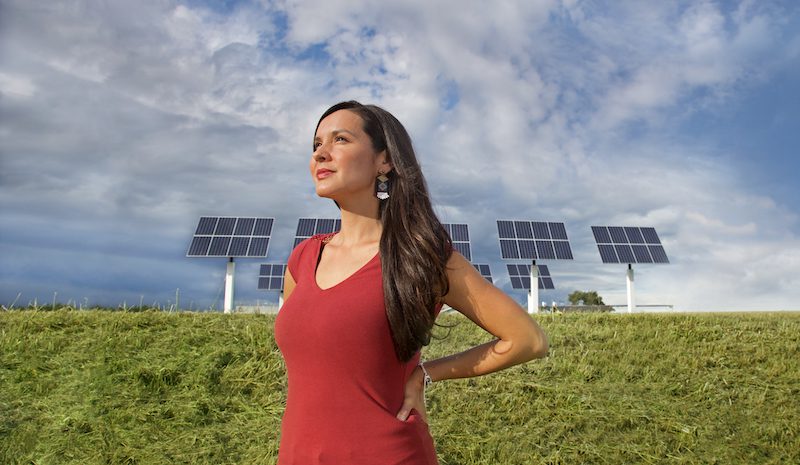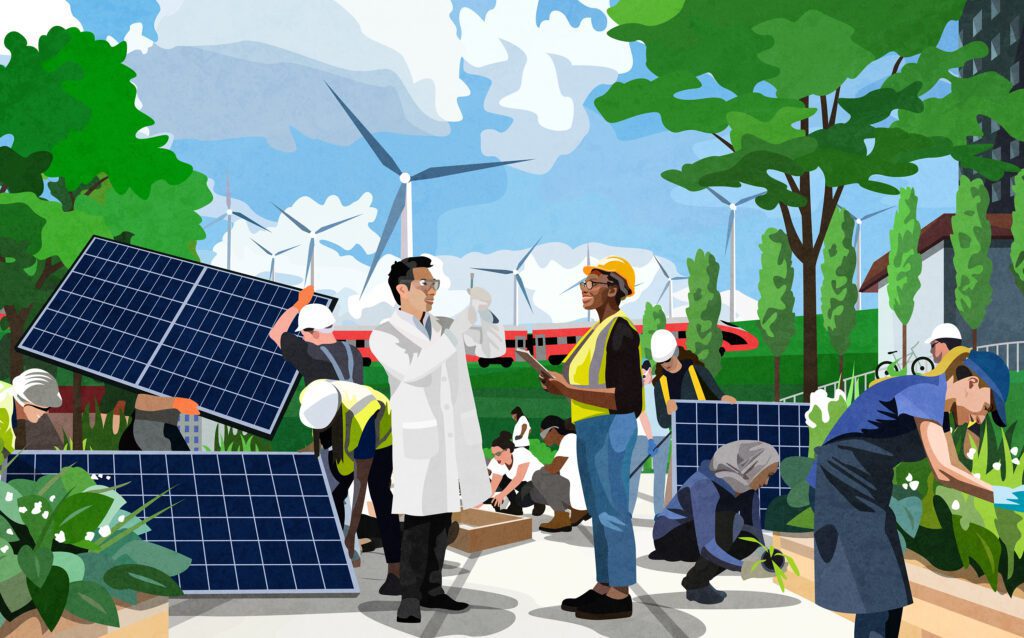This blog is co-authored by Aliénor Rougeot, Climate and Program Manager, and Michelle Woodhouse, Water Program Manager
On Dec 19, 2022, after nearly 2 weeks of global negotiations at the COP15 UN Biodiversity Conference in Montreal, 188 countries signed the Kunming-Montreal Agreement to halt and reverse global biodiversity loss by 2030.
A historic agreement has been made
COP15 saw some important wins for the natural world and for Indigenous rights and sovereignty. Positive commitments were included in the final text, such as committing to protecting 30 per cent of the planet, restoring 30 percent of ecosystems, and doubling global funding for nature protection. Strong language was also included in the final text regarding respect for the rights of Indigenous Peoples and local communities in conservation, customary sustainable use, traditional knowledge, and respect for Indigenous rights and sovereignty. The final text also mentions the important role of Free, Prior, and Informed Consent, human rights and the United Nations Declaration on the Rights of Indigenous Peoples.
Canada rose to the challenge
Canada’s rich biodiversity endowment gives it a particular responsibility to protect and steward nature. Our country has the longest coastline, 20 per cent of Earth’s wild forests, 24 per cent of its wetlands and almost one-third of its land-stored carbon within its borders. Canada’s forest, tundra and wetland ecosystems are home to the largest remaining natural terrestrial mammal migration, the Caribou, and provide habitat for billions of nesting birds.
Canada played a leadership role in landing the ambitious global deal and made several welcome announcements throughout the conference about increased conservation efforts in Canada.
Some examples of several important Indigenous-led initiatives that were announced include the new plan to create an Indigenous-protected area around Great Bear Lake; the largest freshwater lake contained completely within the Canadian border. “Our people have kept it that way for many generations. We believe that we have the responsibility to keep it that way for the future generations yet to come,” said Chief Danny Gaudet of the Délı̨nę Got’ı̨nę. Great Bear Lake is the world’s eighth-largest freshwater lake and is considered one of the most intact ecosystems in the world. It is also of cultural significance to the Dene people, and the biggest lake contained entirely within Canada’s border.
The Indigenous Guardians also made an important announcement of the new First Nations National Guardians Network. The aim of the new Network is to enable a Nation-based model of self-determination and a Nation-to-Nation-based model of reconciliation and partnership for responsible land and marine stewardship.
In contrast with these announcements, however, there are still numerous instances in which the government of Canada is ignoring and violating Indigenous rights and sovereignty. Our team was on the ground at COP15 to highlight two of these: the tar sands tailings “ponds” and the Line 5 pipeline in the Great Lakes.
Spotlighting Toxic Tailings
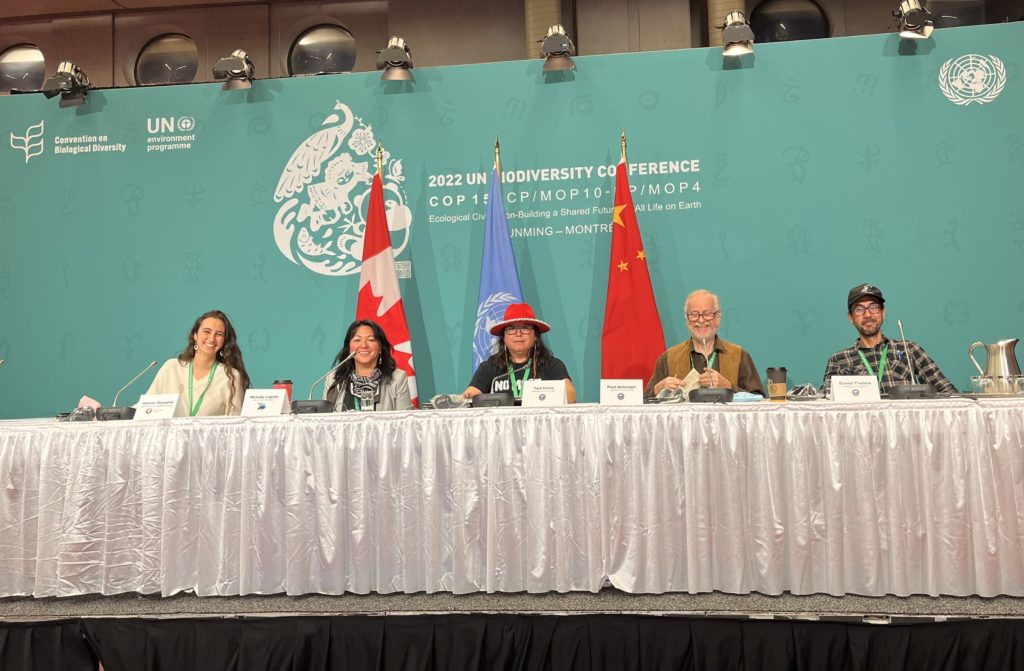

The tar sands tailings “ponds” are immense lakes of toxic waste from oil production that harm biodiversity and Indigenous communities. Now, the government is considering authorizing their release into the Athabasca River. To voice our concerns about the current and looming harm posed by the toxic tailings, we:
- Gave an official press conference featuring speakers from Mikisew Cree First Nation and Keepers of the Water.
- Hosted a side event at the Women’s Hub to discuss the role of Indigenous women in the campaign against toxic tailings.
- Provided COP15 attendees with tar sands postcards, some of which have already been mailed to the Environment Minister.
- Took over a full page of the Montreal Gazette on the day international delegates arrived to put the issue on their radars.
The government of Canada stayed silent on the issue, yet Canada’s handling of the toxic tailings will be a real-world test of whether the government is sincere and will act in line with Canada’s stated COP15 priorities: biodiversity protection, meaningful partnership with Indigenous peoples, and science-based policies.
As part of their implementation plans for the COP15 Agreement, Canada must follow up with a commitment to addressing tar sands tailings pollution in a manner that respects the rights and the well-being of the impacted Indigenous nations.
Closing the Line 5 Pipeline
We were also joined by water protectors and environmental experts for a press conference and panel presentation at the Canadian Pavilion about the imminent threat of Line 5 to the Great Lakes.
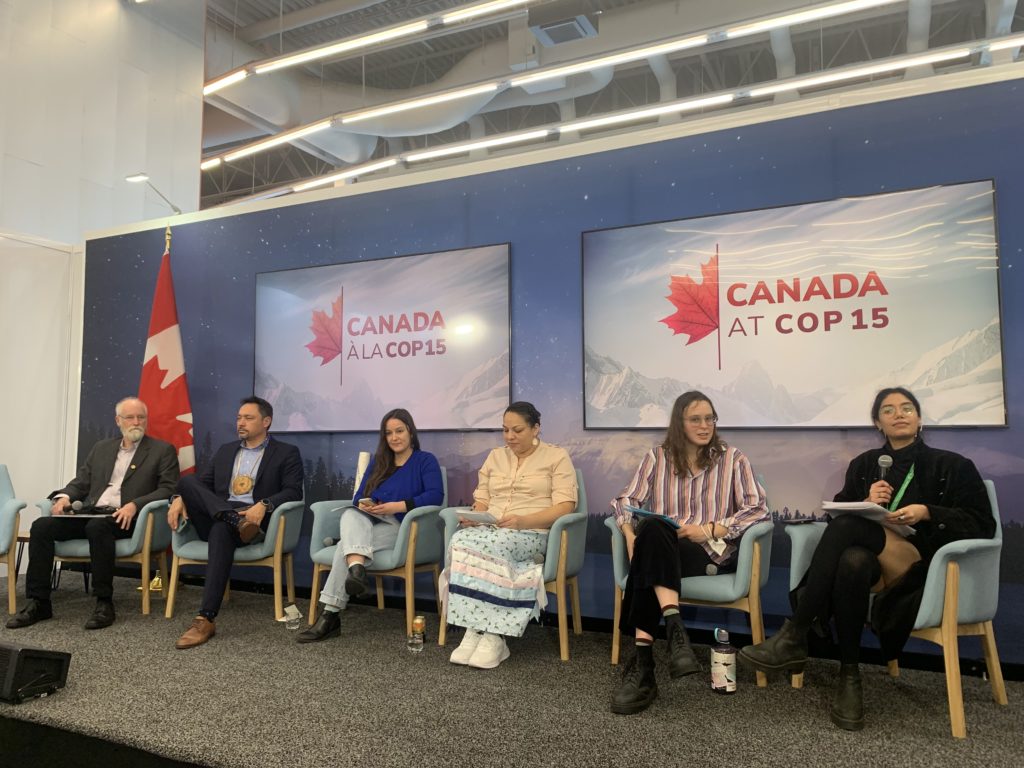

Beyond these two issues, there are ongoing frontline battles happening today with Indigenous Nations such as those on the West coast whose unceded and sovereign lands and Nations are being invaded by the B.C. and Canadian governments to log the last remaining old-growth forests and to push through the Trans Mountain and Coastal Gas Link pipelines. These voices are not being listened to nearly enough, if at all, by the Canadian government or in spaces such as COP15. This was notable on several occasions, such as when West Coast Indigenous youth interrupted Prime Minister Trudeau’s speech to speak up about the destruction happening on their unceded territories from logging the last intact old-growth forests. They were then kicked out of the opening ceremony. Groups such as Indigenous Climate Action and other Indigenous land defenders were repeatedly clear that in order to halt and reverse the biodiversity crisis, we must return land back to Indigenous stewardship and governance.
So while there are many positive takeaways from the Global Biodiversity Conference, much work still lies ahead to truly centre Indigenous governance and halt and reverse the biodiversity crisis.


